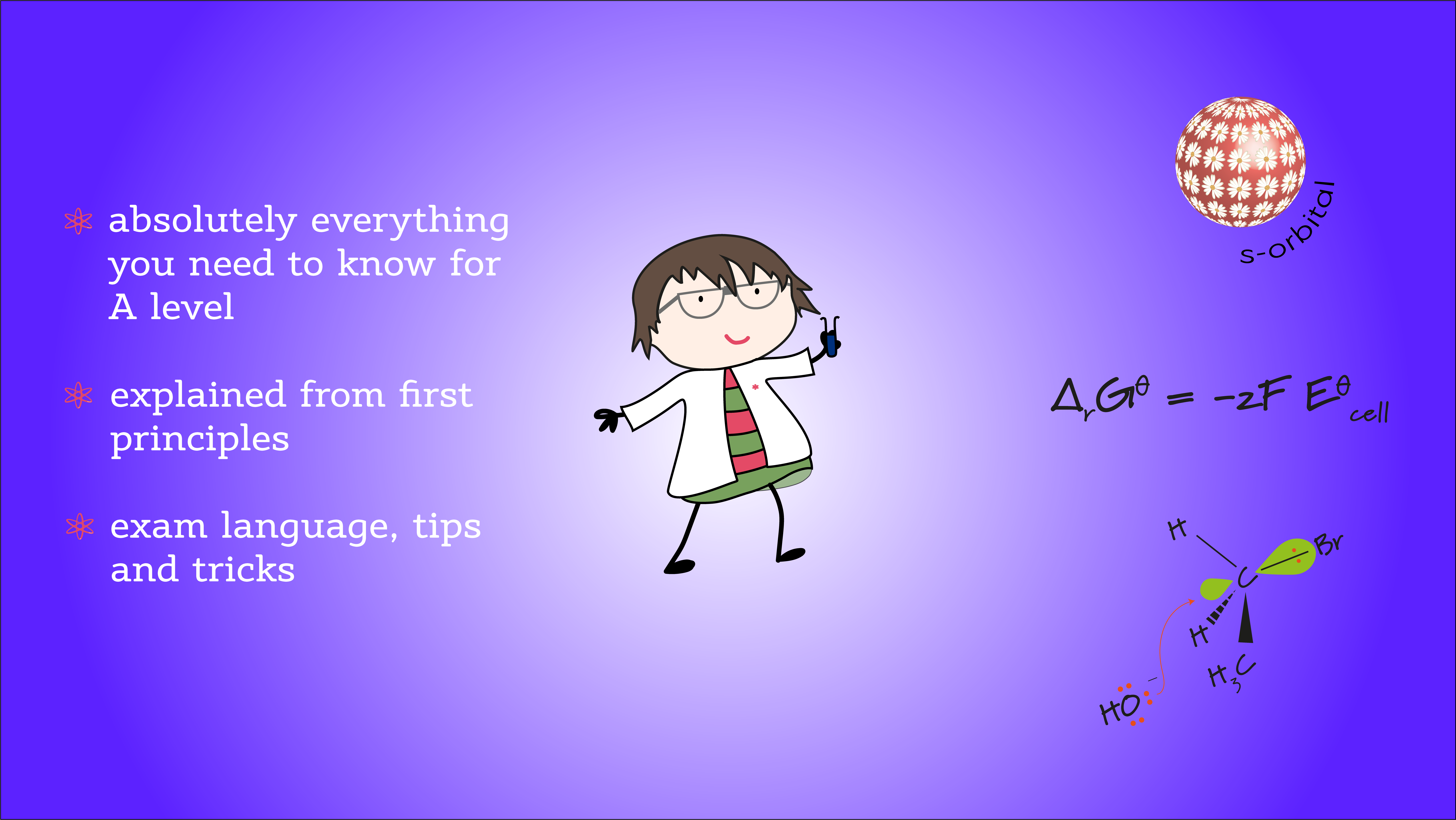Calculations for AS and A level Chemistry
Being confident in tackling different types of mole calculation is the foundation upon which much of A level chemistry stands
The ultimate A level chemistry resource

Being confident in tackling different types of mole calculation is the foundation upon which much of A level chemistry stands
This is a set of more difficult long answer exam questions that require you to use data from mass spectra,
Continue readingMixed spectra long answer exam question practice
24th NOvember 2025 Trending study hacks you should try (and a few you shouldn’t)! Powerful revision strategies and seriously effective
Fats and oils have the same basic chemical structure – they are all esters of propane-1,2,3-triol (glycerol) bonded to long
It is estimated that approximately 6300 Mt of plastic waste has been generated since the 1950s, of which around 9%
Continue readingBioplastic vs. biodegradable plastic – what’s the difference?
Air is a mixture of gases. Nitrogen is the most abundant gas comprising 78.08% of air followed by oxygen which
Amides are another example of a substituted carboxylic acid, with the OH group replaced by -NH2, -NH-R or -N-R2 (where
Amines are examples of organic nitrogen compounds and we can think of them as substituted ammonia molecules since they have
I was working 1:1 with a student a few weeks ago on solubility product calculations. I always like to start
Continue readingDon’t know what your calculations mean? You’re not alone!
This is a set of more difficult long answer exam questions that require you to use data from mass spectra,
Continue readingMixed spectra long answer exam question practice
Benzene, C6H6, is an aromatic organic molecule (the terms aromatic, arene and aryl compound are used interchangeably to classify benzene
Catalysts speed up reactions by providing an alternative pathway for the reaction with a lower activation energy, Ea, and the
The energy of molecules is quantised just as it is in atoms. When a molecule absorbs a photon of electromagnetic
Continue readingHow does electromagnetic radiation affect molecules?